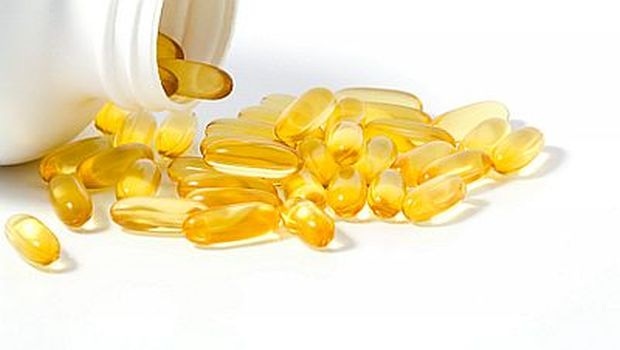Testing eicosapentaenoic acid (EPA) and docosahexaenoic acid (DHA) oils is one of the more difficult aspects of navigating the omega-3 business, so companies must be careful when making the decision of whether and how to test its oils.
November 13, 2014

Testing eicosapentaenoic acid (EPA) and docosahexaenoic acid (DHA) oils is one of the more difficult aspects of navigating the omega-3 business. Some methods are less complex with lower costs, but these approaches often yield little business value and sometimes introduce additional risks. The free Omega-3 Insights report, “Analytical Testing of Omega-3s 101," explains that the decision on whether and how to test oils requires a best-practice approach with widespread internal communication, along with consideration of the business’s broad goals and specific intentions.
Author Adam Ismail, executive director at the Global Organization for EPA and DHA Omega-3s (GOED), further detailed the intricacies of the process. For instance, batch size, turnaround time and cost can all complicate the logistics of the testing process—not to mention the potential for disparity between results.
One of the first things to consider is where the particular batch of omega-3 oils will be sold, and look into the local regulations for these oils. The GOED Voluntary Monograph is a good place to start when testing the quality of omega-3 oils. It sets a base standard for measuring oxidation, contamination and fatty acids for most of the market’s omega-3 products containing EPA and DHA (as both ingredients and finished consumer products). However, this is really just a base standard, and individual countries may have regulations that could impact the ability to enter a local market.
When entering new regions—or even just to ensure a company is doing the right tests—it is wise to obtain regulatory guidance through an organization that understands local markets.
It’s imperative for omega-3 companies to find a lab with the right experience in handling and testing long-chain omega-3 oils, and a willingness to work as a partner to the business.
For more information, visit omega3insights.com.
You May Also Like




.png?width=800&auto=webp&quality=80&disable=upscale)